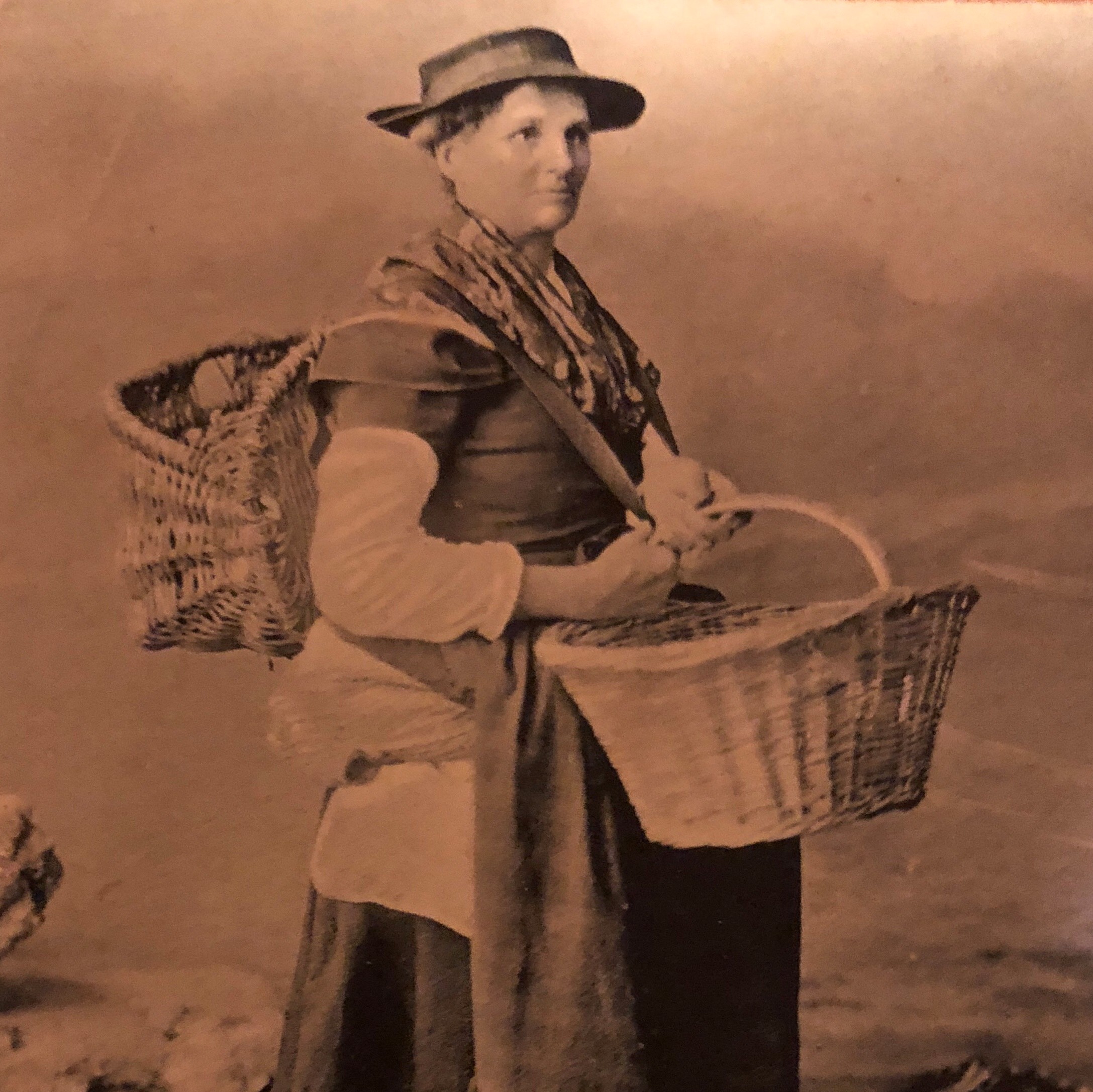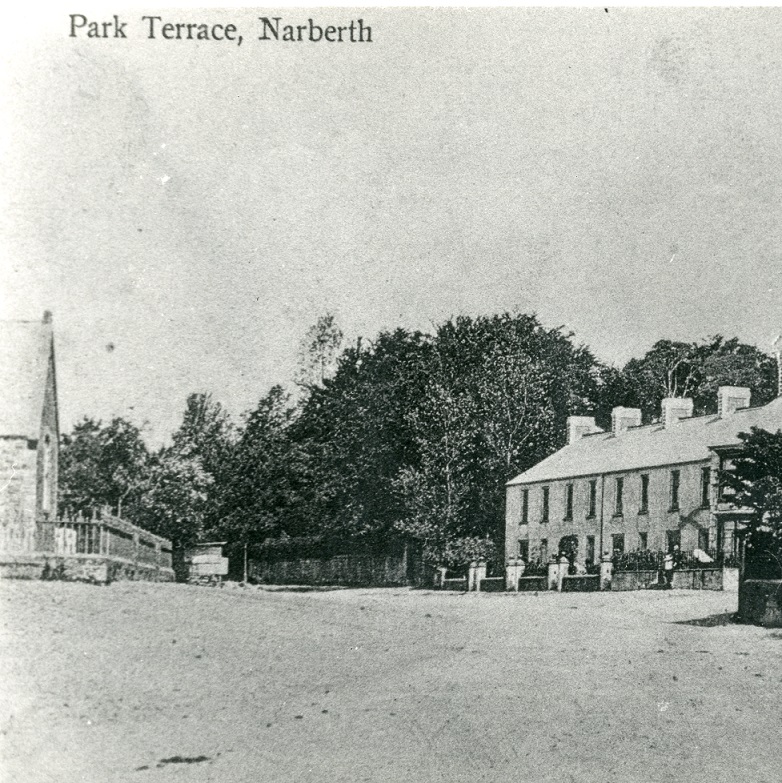St. Bride
St. Brigid was born c.453 AD in Faughart, Ireland. It is said that she was able to perform miracles, heal the sick and feed the poor. As a child she gave away her mother’s butter supply and legend says that the store was replenished in response to Brigid’s prayers. She also gave away her father’s possessions to anyone in need.
Brigid later became a nun and in c. 500AD, sailed to Pembrokeshire and established a monastery. The Norman church in the village of St. Brides is dedicated to her.
Her eponymous coastal village near Marloes was historically known to have a flourishing herring industry. Fishermen used the small nearby chapel for prayer, but in the 12th 14th centuries, it became dilapidated and was used as a salting house for curing fish. A local superstition suggested that this neglect of the chapel as a place of worship angered Brigid and led to the withdrawal of her protection and subsequent cessation of herring supplies. An old rhyme states:
‘When St. Brides a salt house was made,
St. Brides lost its herring trade’.
St. Brigid has other Welsh connections, particularly in the North. Legend states that she sailed on a clod of earth to the banks of the river Conwy. However, her roots remain in Ireland where she is regarded as one of the patron saints.
There is some dispute over whether Briged truly existed or whether she was a Christianised version of an earlier Celtic goddess. However, she is still celebrated and is depicted in the stained glass at St. Non’s chapel in St. Davids.
Ganed Santes Brigid tua 453 OC yn Faughart, Iwerddon. Dywedir ei bod yn gallu cyflawni gwyrthiau, gwella cleifion a bwydo’r tlodion. Fel plentyn roedd wedi rhoi’r cyfan o fenyn ei mam i’r anghenus, ac yn ôl y chwedl ail-gyflenwyd y pantri mewn ymateb i weddïau Brigid. Hefyd roedd wedi rhoi eiddo ei thad i’r rhai oedd mewn angen.
Yn ddiweddarach daeth Brigid yn lleian, ac yn 500 OC, hwyliodd i Sir Benfro a sefydlodd leiandy. Mae’r eglwys Normanaidd ym mhentref Sain Ffraid wedi’i chysegru iddi hi.
Yn hanesyddol, roedd gan ei phentref ar yr arfordir ger Marloes ddiwydiant penwaig llewyrchus. Roedd y pysgotwyr yn defnyddio’r capel bach gerllaw i weddïo, ond yn y 12fed ganrif i’r 14eg, roedd y capel bach yn adfail ac fe’i ddefnyddiwyd fel tŷ halltu i halltu pysgod. Yn ôl ofergoeliaeth leol roedd esgeuluso’r capel fel man addoli wedi cythruddo Brigid ac wedi arwain at ddiwedd ei gwarchodaeth a diwedd ar y cyflenwadau o benwaig. Mae hen rigwm yn datgan:
‘Pan wnaed tŷ halltu yn Sain Ffraid,
Daeth i ben ei masnach penwaig’.
Mae gan Santes Brigid gysylltiadau eraill â Chymru, yn enwedig yn y Gogledd. Yn ôl y chwedl roedd hi wedi hwylio ar dywarchen i lannau afon Conwy. Fodd bynnag, mae ei gwreiddiau yn parhau yn Iwerddon lle mae’n cael ei chydnabod yn un o’r nawdd-saint.
Mae rhywfaint o anghydweld ynghylch a oedd Brigid yn bodoli mewn gwirionedd neu ai fersiwn Cristnogol ydoedd o dduwies Geltaidd o oes gynharach. Serch hynny, mae hi’n dal i gael ei dathlu ac fe’i portreadir yn y ffenestr liw yng nghapel St. Non yn Nhyddewi.





